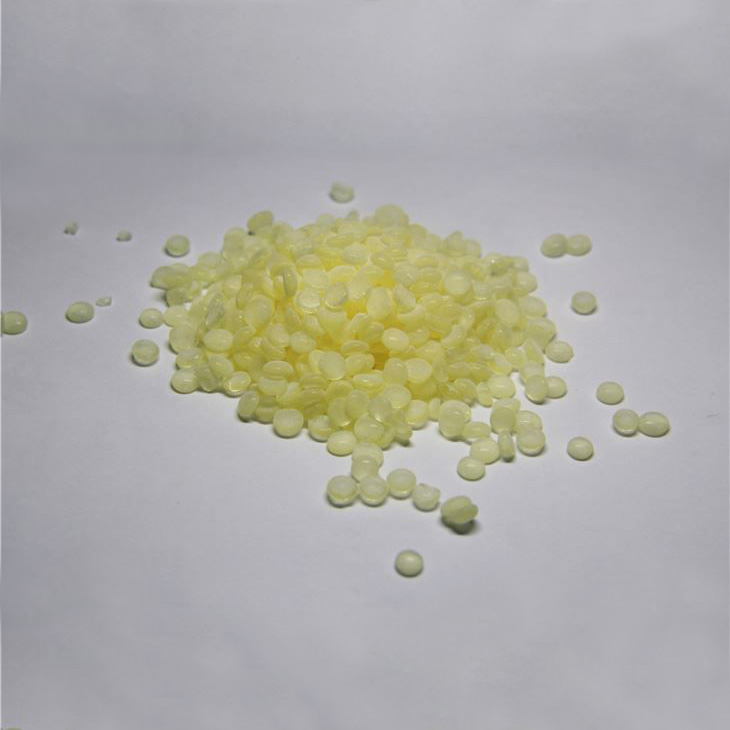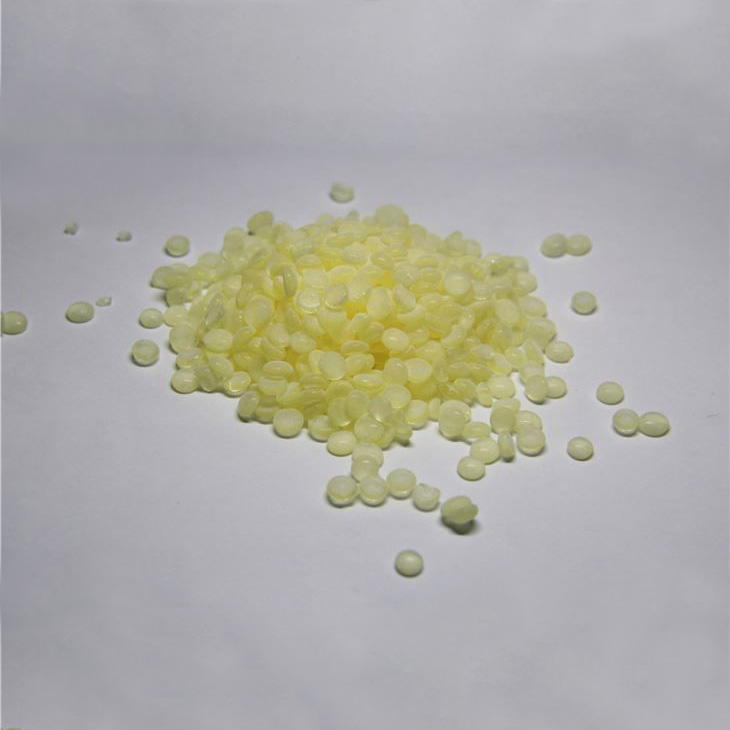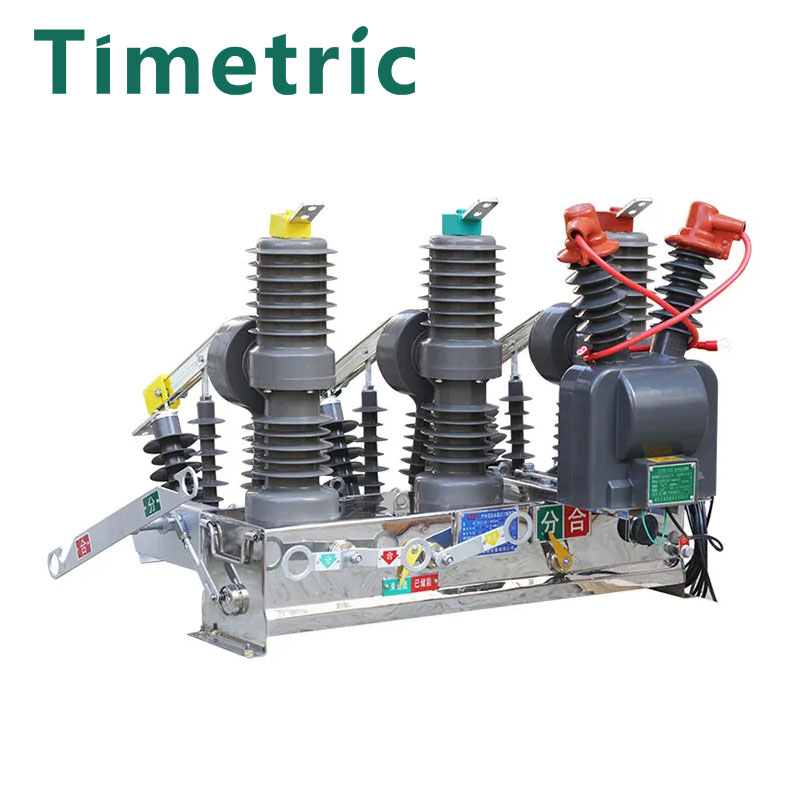C5 Petroleum Resin
C5 Petroleum Resin can be classified as five types as per the different raw material as following:1.1 Mixed resin: First, the raw materials are divided into C5 fraction or unseparated C5 fraction. This is a common way to synthesize it. The entire production process is completed at high temperatures.......
Send Inquiry
Product Description
C5 Petroleum Resin can be classified as five types as per the different raw material as following:
1.1 Mixed resin: First, the raw materials are divided into C5 fraction or unseparated C5 fraction. This is a common way to synthesize it. The entire production process is completed at high temperatures.
1.2 Aliphatic resin: The main component of C5 aliphatic hydrocarbon resin is concentrated piperylene.It characterized by good heat resistance, better weather resistance, and lower softening point. It is compatible with non-polar polymers and incompatible with polar polymers.
1.3 DCPD aliphatic petroleum resin: the raw material is high-purity DCPD. This resin is an unsaturated resin with poor stability and cannot be used directly. However, it is the raw material for other advanced resins.
1.4 C5 / C9 copolymer resin: C5/C9 copolymer resin combines the advantages of both such as higher quality and lower price and will have broad prospects.
1.5 Hydrogenated modified resin: Hydrogenated resin is mainly used in hot melt adhesives, especially in the transparent hot melt adhesive industry, which can improve product quality and save production costs.

This C5 Petroleum Resin has been applied in many industries.
2.1 Adhesive industry: for instance, automobile assembly, commodity packaging, binding, baby diapers, shoes industry, etc.
2.2 Additive industries: such as coatings, rubber, asphalt materials and medical industries, enhance the water resistance, acid and alkaline resistance, heat resistance, etc
2.3 Paper Industry: in general, C5 aliphatic hydrocarbon resins are used as sizing agents in the paper industry to make emulsions. It is mixed with rosin or other maleic anhydride with active group, thus can be well used in paper industry.









